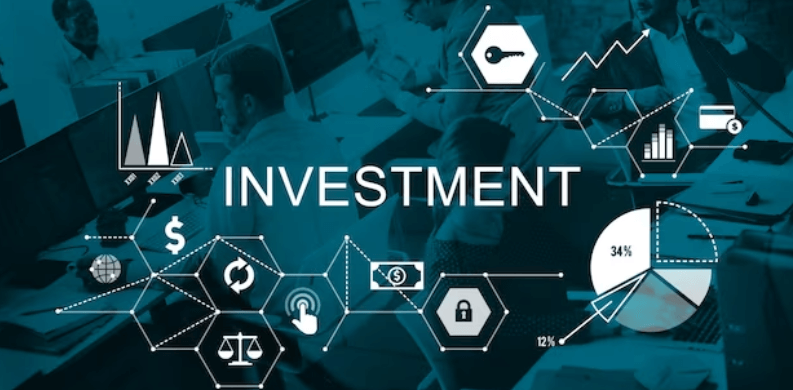Investing can be a daunting task for anyone, especially for those who are new to the game. With a plethora of options available, it can be challenging to know where to start and what investment vehicles to choose.
One option that has gained popularity in recent years is listed investment companies (LICs). In this beginner’s guide, we’ll take a closer look at what LICs are and how they can be a valuable addition to your investment portfolio.

What are LICs?
LICs are publicly traded companies that invest in a diversified portfolio of assets, such as stocks, bonds, and real estate. They are similar to mutual funds, but instead of investing in the fund directly, you buy shares of the company that owns the assets.
This allows you to gain exposure to a variety of investments through a single stock, making it an easy and convenient option for those who want a simple and diversified investment portfolio.
Benefits of Investing in LICs
- Diversification: As mentioned earlier, LICs offer a diversified portfolio of assets, which helps to spread risk and minimize the impact of any single investment.
- Professional Management: LICs are managed by professional fund managers who have the expertise and experience to select and manage investments on your behalf.
- Liquidity: LICs are listed on stock exchanges, making it easy to buy and sell shares, and providing you with the flexibility to make changes to your portfolio as needed.
- Potential for Higher Returns: By investing in a diversified portfolio of assets, LICs have the potential to deliver higher returns than investing in individual stocks.
- Lower Costs: Compared to other investment vehicles, LICs often have lower fees and expenses, which can result in higher returns for investors.
Risks of Investing in LICs
- Market Risk: As with any investment, LICs are subject to market risk, which means that the value of your investment can go up or down depending on market conditions.
- Credit Risk: LICs may invest in bonds, which are subject to credit risk. This means that if the issuer of the bond defaults on their debt, the value of your investment may decrease.
- Management Risk: The success of a LIC depends on the ability of the fund manager to make good investment decisions. If the fund manager fails to perform, the value of your investment may be negatively impacted.
How to Invest in LICs
- Research: Before investing in a LIC, it’s important to research the company and its portfolio of assets to ensure that it aligns with your investment goals and risk tolerance.
- Consider the Fund Manager’s Track Record: Look at the fund manager’s track record to see how they have performed in the past and whether they have a history of delivering good returns.
- Diversify Your Portfolio: As with any investment, it’s important to diversify your portfolio to minimize risk. Consider investing in multiple LICs to achieve a well-rounded and diversified investment portfolio.
- Monitor Your Investments: Regularly monitor your investments and make changes as needed to ensure that your portfolio remains aligned with your investment goals.
In conclusion, LICs can be a valuable addition to your investment portfolio, offering the benefits of diversification, professional management, liquidity, and the potential for higher returns. However, it’s important to understand the risks involved and to do your research before investing. By following these tips, you can ensure that you make informed investment decisions and achieve your financial goals.
Additional:






















